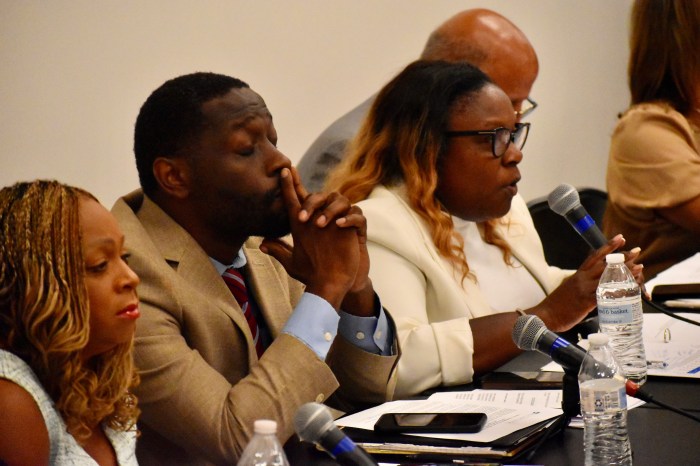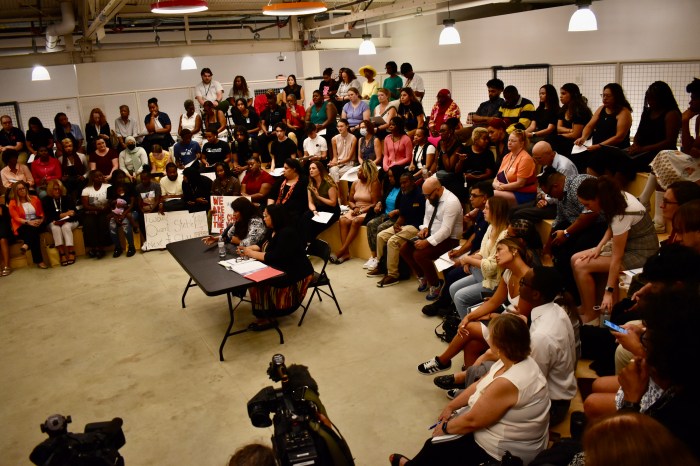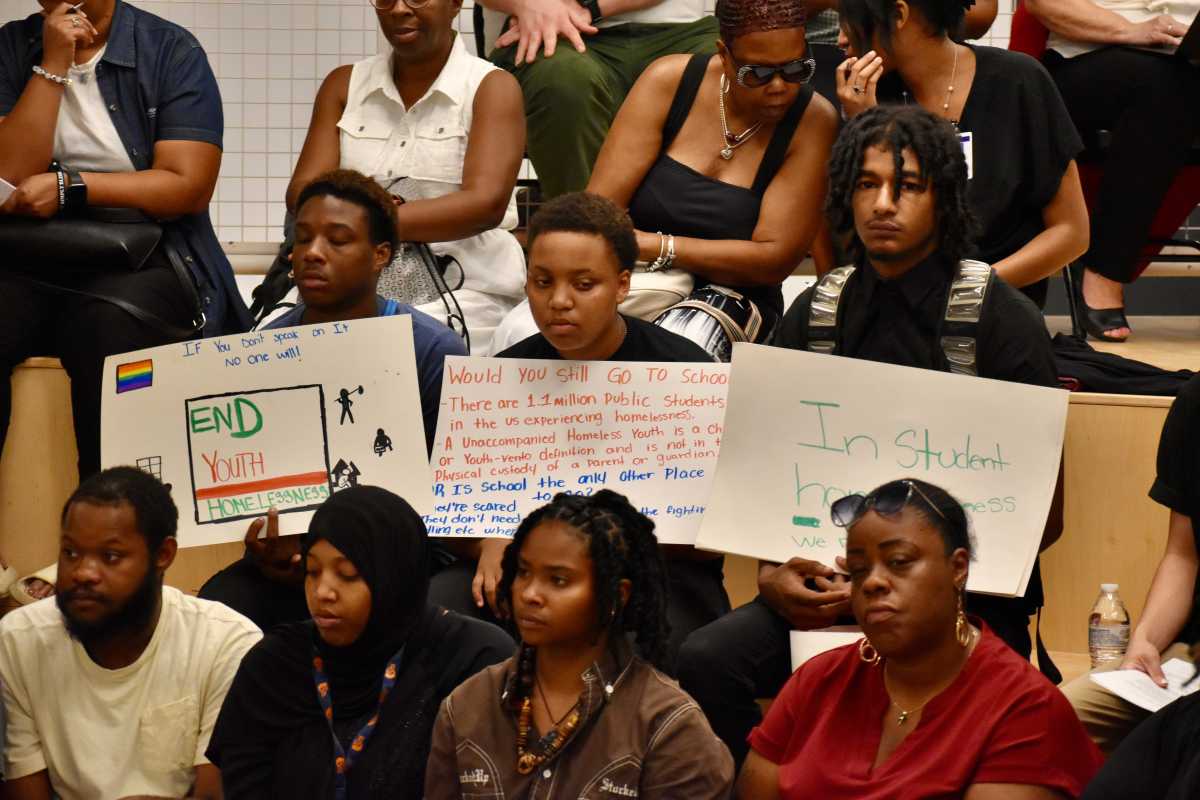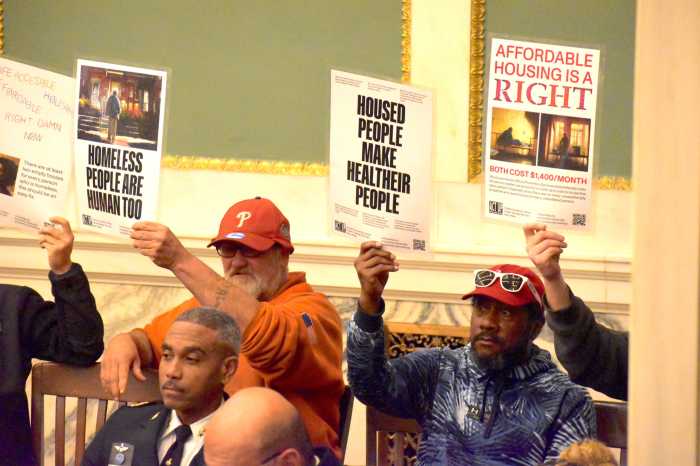City Council members interrogated city and School District of Philadelphia officials Wednesday over their efforts to tackle a rise in homelessness among youth and young adults.
“It seems like everybody who’s come up here today has pointed to somebody else to say, ‘It’s not me,’” Councilmember Isaiah Thomas said during the committee hearing, which lasted several hours.
A federal law, the McKinney–Vento Homeless Assistance Act, mandates that school districts identify and provide services to housing insecure students through age 21. To meet the requirements, each school has a liaison – a role typically assigned to the counselor.
Lawmakers seemed incredulous that counselors, who have many other duties within the school, could have the time to provide the necessary support to homeless children.
“I would not send my child to a school where a counselor is responsible for all of the things that you said that they are,” Thomas told a district official.

In addition to the liaisons, the 20 designated community schools have a coordinator who provides services to families. And, through pandemic-era American Rescue Plan Act funding, the district hired four school-based staff members in its Office of Education for Children and Youth Experiencing Homelessness.
ARPA dollars must be spent by the fall, so the district is switching to another federal source to fund the jobs.
But a majority of the $4.5 million federal grant specifically for homeless youth went toward contracts for community organizations. Those groups were assigned to help at schools with the highest levels of housing insecurity.
Unless the nonprofits acquire other funding, the initiative will not continue into the new academic year, said Rachel Holzman, the district’s deputy chief of rights and responsibilities.
Multiple Council members said they felt disrespected that Superintendent Tony Watlington Sr., or another top district decision-maker, did not attend the hearing to answer specific questions and work on a solution.
ECYEH, the district’s homelessness office, served more than 10,000 pupils during the 2022-23 school year, and the total increased 19% last school year, though the number has not been finalized, according to the district.
That means that roughly 6% of all public school students in Philadelphia do not have stable housing, which Councilmember Jamie Gauthier described as “disastrous for the city.”
Data for youth and young adult homelessness is measured in different ways and can be difficult to track, lawmakers learned.
The McKinney-Vento Act counts students who are “couch surfing” or doubling up with family or friends, while the U.S. Department of Housing and Urban Development does not define those types of arrangements as homeless.
Using HUD’s measurements, the city’s 2023 Point-in-Time Count, an annual tally of the unhoused held in January, calculated 825 people under 18 in shelters or other emergency housing. None were found on the street.

Kymirah – one of several young people who has struggled with homelessness that testified – recalled sleeping on SEPTA vehicles, in public bathrooms and even on the roof of a school as a teenager.
“All I needed was more resources,” she added. Kymirah and other homeless and formerly homeless young people did not want their last names published.
Seattle University Professor Zachary Wood, who has extensive experience in working with housing insecure youth, encouraged Council to examine the broader underlying issues.
“Wealth inequality is pressurizing a near totally privatized housing market,” he said. “Housing affordability has gone away. That’s the root of what we’re actually talking about here.”
He encouraged lawmakers, providers and others to center the needs of young people and quit squabbling over limited funding. Wood also recommended the use of social housing – in essence, expanding public housing units.
During the meeting, Deborah Carrera, the mayor’s chief education officer, committed to using the “convening power” of her office to coordinate a cross-departmental response to youth homelessness.
Thomas and other members indicated that future hearings would be organized on the topic and hinted at the possibility of legislation when Council returns in the fall.


























